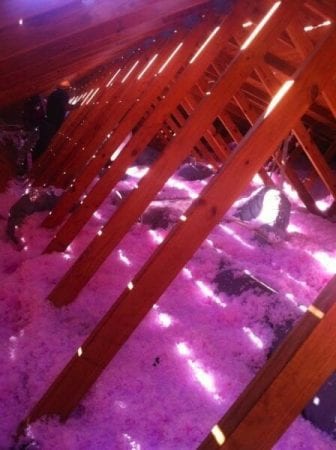 Every day a person has to make decisions. Some of us believe we are successful, others are failing, we are sorry for some time. In building a home, as in life, one wrong decision can be very expensive.
Every day a person has to make decisions. Some of us believe we are successful, others are failing, we are sorry for some time. In building a home, as in life, one wrong decision can be very expensive.
What will be the lack of insulation of the building and how to properly insulate a private house.
Thermal insulation of buildings and structures – the creation of a layer in the external enclosing structures (walls, floor, roof), preventing the passage of warm air from the premises to the outside. Insulation materials are used as heat insulators, which have low density, low thermal conductivity and high resistance to heat transfer.
Insulation does not replace the heating system!
The insulating layer itself does not heat the premises, but only helps to maintain heat, i.e. repeatedly increases the efficiency of the heating system. To heat an unheated house is essentially the same as putting a battery in the street: the heated indoor air, due to the difference in density, will easily pass out. Of course, even structural materials that are not thermal insulation (brick, reinforced concrete) also have a heat transfer resistance. But the coefficient of thermal conductivity in them is 10-20 times higher, and, therefore, they 10-20 times less keep the heat indoors.
A competently insulated house will not mumble in winter, it does not overheat in summer!
In the absence of a heater in the external building structures, the effect of the operation of the heating system will be extremely low, and the costs of operation and maintenance – high. In other words, saving once on the thermal insulation device, you hardly can count on a warm house in the winter. In addition, in summer, the insulated building will not heat up much.
The lack of insulation reduces the durability and durability of bearing structures!
Another reason to warm the house is freezing and condensation formation. The dew point (the temperature at which the condensate is formed) will be located in the thickness of the unheated wall, i.e. the inner bearing part of the structure will be wetted. The outer part will freeze. Working in such conditions will increase the number of freezing-thawing cycles in the wet state, which will dampen the strength properties of the structure and will approach the day when cracks appear on the supporting walls.
Lack of thermal insulation leads to the appearance of fungus!
In addition, the absence of a heater will cause dampness in the room, the appearance of mold on the inner surface. Mildew on the walls – it’s not only unethical, but also harmful to health (a person may have respiratory illness (asthma)). In the conditions of dampness, the interior decoration, furniture, standing near the untainted walls is damaged.
To insulate the house is necessary and important for the health of tenants, creating the necessary microclimate in the room, saving money!
Further, we will look at what kind of enclosing structures lose more heat and how to deal with it.
Picture Credit: Done Rite Insulation



